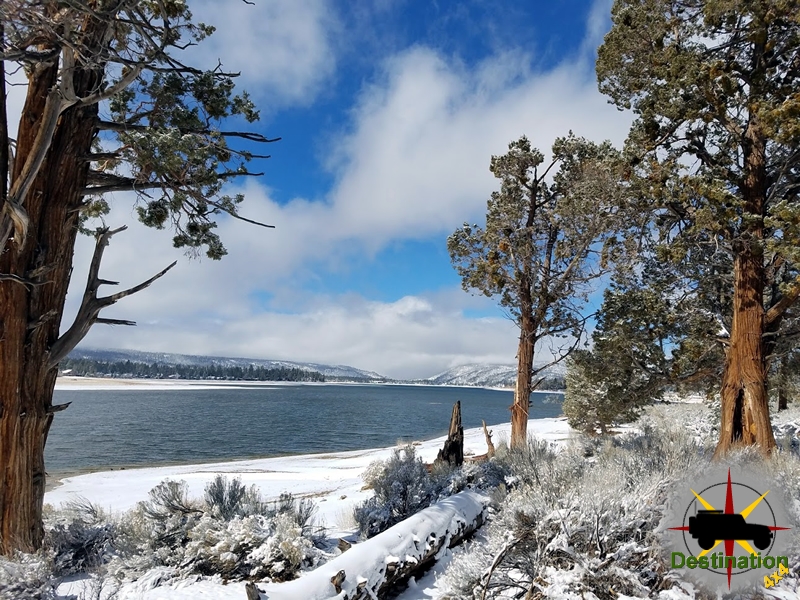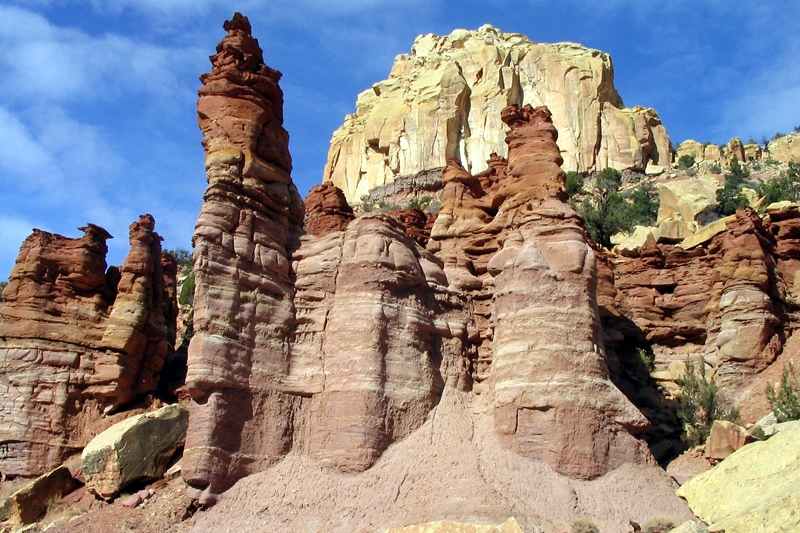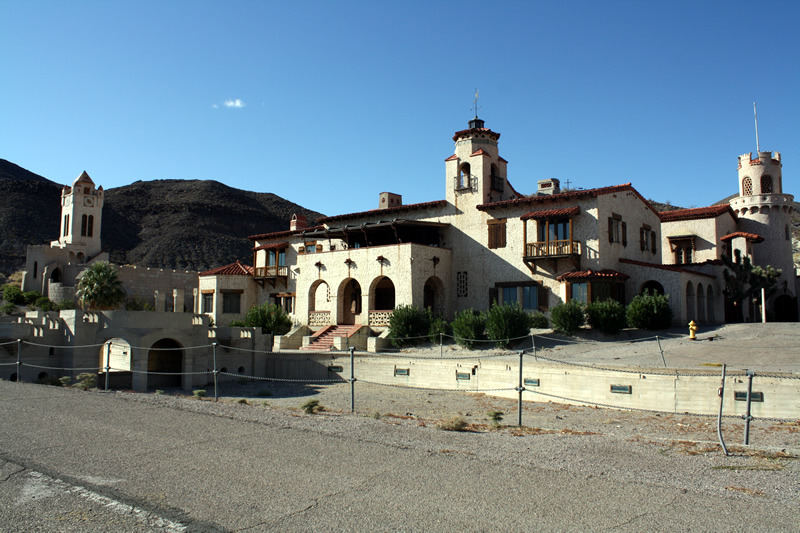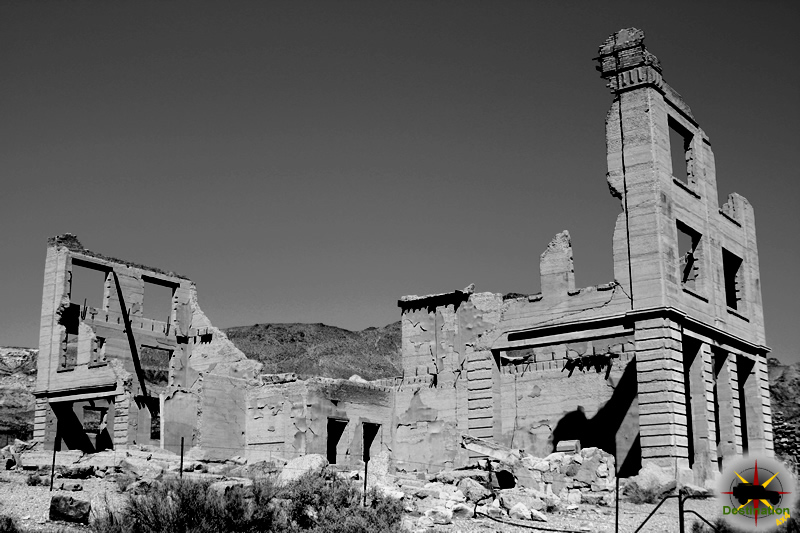
Bodie: Good Times & Bad

Author Nicholas Clapp and photographer Will Furman portray Bodie in both vivid words and stunning photography—a town that had two sides, aptly described in an 1870s account…On the eve of her family’s departure for booming Bodie, a little girl was said to have gathered her dolls, that they might join her as she knelt by her bed, her prayer concluding with a somber…“Goodbye, God; we are going to Bodie!” Word was that the camp was hard-bitten, desperado-ridden.Getting wind of the girl’s farewell to the Almighty, The Weekly Bodie Standard reported that, oh no, that wasn’t what the she had mind. Not at all. Someone had gotten the punctuation wrong. What she surely said was…“Good, by God, we are going to Bodie!” There were, in fact, two Bodies. On one hand, it was “a fearfully and wonderfully bad place” stalked by shootist in black swallow-tailed coats. On the other hand, it was a town of hard-working pioneers who dressed their little girls in starched white frocks and met adversity with charity and good cheer. As he passed through, Mark Twain mused that in Bodie virtue versus vice made for exciting times, and he’d have it no other way. He was to add, “It was a plain wonder how man carried on under such circumstances.”
About The Author
Award-winning documentary filmmaker and author Nicholas Clapp has studied, filmed, and written the deserts of the world. With a master’s degree in cinema from the University of Southern California, his first professional break came when he produced and directed The Great Mojave Desert, a one-hour special for CBS and the National Geographic Society. He has won over 70 major film awards for his documentary work.
Book Summary
| Title | Bodie: Good Times & Bad |
| Author | Nicholaw Clapp |
| Publisher | Sunbelt Publishing |
| Pages | 112 Pages |
References
Aurora, Nevada 1860-1960: Mining Camp, Frontier City, Ghost Town

This expanded Second Edition of Aurora, Nevada 1860-1960 chronicles the history of one of Nevada’s earliest and most important mining boomtowns. It is a reference-oriented book, which includes hundreds of edited and annotated newspaper clippings and other firsthand accounts about Aurora’s buildings, businesses, major mines, social life, Paiute citizens, ghost town days, and final destruction over the entire length of its century-long history. This new edition has 98 additional pages with a new section on violence at Aurora during 1863 and 1864, more information about the Daly gang, complete directories for the boom years 1864, 1880, and 1915, and an annotated list of residents from 1861-1864 and 1880. The book now includes 14 maps and over 200 photographs.
Author’s Note
A “Second Edition” (ISBN 978-1979848862) and newer hardcover “Second Color Edition” (ISBN 979-8507081967) of this book are now available on Amazon., Despite a century of history, and the valiant efforts of all those who believed the town would last forever, Aurora, Nevada, is now and forevermore a “Colossal Wreck” slowly returning to its beginnings-a sagebrush and pinyon pine covered valley home to jackrabbits and a few ghosts from the past. While Aurora is gone, its historical record remains, thus providing us the opportunity to reconstruct the town and its society if only in our imagination. Most historical accounts about Aurora have focused on the town during its early 1860s mining boom. However, Aurora’s rich and colorful history deserves a closer look. This new reference-oriented publication includes hundreds of edited and annotated newspaper clippings and other firsthand accounts about Aurora’s buildings, businesses, major mines, social life, Paiute citizens, ghost town days, and final destruction over the entire length of its century-long history. It also includes directories for the boom years 1864, 1880, and 1915, as well as 6 maps and over 150 photographs, many of which are “then and now” comparisons of the same view., Author’s Note: This book is the original edition but there is also a new revised and expanded “Second Edition” (search ISBN 978-1979848862) of this book now available on Amazon for the same price on a different Amazon page. The Second Edition has 98 additional pages that include 50 new photographs, 6 more maps, an expanded 1864 directory, and a new list of Aurora residents from 1861-1864.
Book Summary
| Title | Aurora, Nevada 1860-1960: Mining Camp, Frontier City, Ghost Town (Second Edition) |
| Author | Clifford Alpheus Shaw |
| Publisher | CreateSpace Independent Publishing Platform |
| Edition | 2nd Edition |
| Pages | 488 Pages |
Belleville California – San Bernardino County Ghost Town

Belleville is a historic community located in the Holcomb Valley region of San Bernardino County, California. The area’s history dates back to the mid-19th century when it played a significant role in the California Gold Rush.
Holcomb Valley, where Belleville is situated, was discovered to be rich in gold deposits in 1860. The news quickly spread, and a gold rush ensued as prospectors from all over flocked to the area in search of their fortunes. The population of the valley boomed, and various mining camps and settlements sprang up, including Belleville.
Belleville was founded in 1860 and named after James V. Belleville, one of the early prospectors in the area. The town rapidly grew and became a central hub for the Holcomb Valley mining district. It served as a supply center for nearby mining operations, providing essential goods and services to miners and their families.
The town boasted several businesses, including general stores, saloons, hotels, and blacksmith shops. It also had a post office, which opened in 1863. Belleville’s population reached its peak during the 1860s, with estimates ranging from a few hundred to over a thousand residents.

Mining was the primary economic activity in Belleville and the surrounding Holcomb Valley. Miners used various methods to extract gold from the area, including placer mining and hydraulic mining. Placer mining involved using pans, rockers, and sluices to separate gold from the gravel and sand of the valley floor. Hydraulic mining utilized high-pressure water jets to wash away hillsides and expose gold-bearing gravels.
However, the gold production in Holcomb Valley began to decline in the late 1860s, and by the 1870s, many miners had moved on to other gold fields. As the gold rush subsided, so did the population of Belleville. The town gradually declined, and most of its buildings were dismantled or moved to other locations.
Today, little remains of Belleville and the once-thriving mining operations of Holcomb Valley. Some remnants of mining structures, such as mine shafts and tunnels, can still be found in the area. The site of Belleville itself is marked by a historical marker, providing a glimpse into the region’s rich mining heritage.

Belleville Town Summary
| Name | Belleville |
| Location | Holcomb Valley, San Bernardino, CA |
| Latitude, Longitude | 34.3012, -116.8857 |
| Elevation | 7,355 Feet |
| GNIS | |
| Population | 1,500 |
| Gold Fever Trail Marker | 7 |
Belleville Trail Map
References
Holcomb Valley Ranch

Holcomb Valley Ranch is a historic region located in the San Bernardino Mountains of Southern California, United States. It has a rich history that dates back centuries and has played a significant role in the development of the region.
Holcomb Valley Ranch is a picturesque and historic destination nestled in the heart of the San Bernardino Mountains in Southern California. This sprawling ranch, encompassing an area of breathtaking natural beauty, offers visitors a glimpse into the rich cultural heritage and rustic charm of the region.
Surrounded by towering pine trees and rugged mountain peaks, Holcomb Valley Ranch provides a tranquil and idyllic retreat from the hustle and bustle of city life. The ranch’s landscape is characterized by rolling hills, expansive meadows, and meandering streams, creating a serene and captivating atmosphere.
Steeped in history, the ranch holds a significant place in the annals of the American West. It was originally settled during the mid-1800s as a bustling mining community during the California Gold Rush. Today, remnants of the past can still be found in the form of restored log cabins, mining equipment, and other artifacts that serve as a testament to the area’s rich mining heritage.
Visitors to Holcomb Valley Ranch have the opportunity to immerse themselves in a variety of outdoor activities. The surrounding wilderness offers ample opportunities for hiking, horseback riding, and mountain biking, allowing visitors to explore the rugged beauty of the San Bernardino Mountains. Fishing enthusiasts can cast their lines in the nearby streams and lakes, while nature lovers can indulge in birdwatching and wildlife spotting.
For those seeking a taste of the Old West, the ranch offers a range of authentic experiences. Guests can saddle up and embark on guided horseback rides, traversing scenic trails and taking in panoramic views. They can also try their hand at gold panning, reliving the excitement of the Gold Rush era.
Accommodations at Holcomb Valley Ranch cater to a variety of preferences. Rustic cabins provide a cozy and comfortable retreat, complete with modern amenities, while campsites allow visitors to fully immerse themselves in the natural surroundings. The ranch also offers facilities for hosting weddings, corporate retreats, and other special events, providing a charming and memorable setting.
Whether seeking a peaceful getaway, an adventure in the great outdoors, or a journey back in time, Holcomb Valley Ranch is a place where nature, history, and relaxation converge. It offers a unique opportunity to experience the beauty of the San Bernardino Mountains while embracing the spirit of the Old West.
Trail Map
Campground Summary
| Name | Hidden Valley Ranch |
| Location | Holcomb Valley, Big Bear, San Bernardino, California |
| Latitude, Longitude | 34.2976, -116.9123 |
| Number of Sites |
References
The Tombstone Epitaph, March 20, 1882
The Tombstone Epitaph, March 20, 1882 reports of the murder of Tombstone Resident Morgan Earp while playing pool in Tombstone, Arizona. This event followed the O K Corral shootout and the attempted murder of Virgil Earp. These two events caused Wyatt Earp to lead a vendetta ride across the desert hunting the assassins. The death of Moargan made the right side of page three.


March 20, 1882
THE DEADLY BULLET
The Assassin at Last Successful in His Devilish Mission
Morgan Earp Shot Down and Killed While Playing Billiards
At 10:00 Saturday night while engaged in playing a game of billiards in Campbell & Hatch’s Billiard parlor, on Allen between Fourth and Fifth, Morgan Earp was shot through the body by an unknown assassin.
At the time the shot was fired he was playing a game with Bob Hatch, one of the proprietors of the house and was standing with his back to the glass door in the rear of the room that opens out upon the alley that leads straight through the block along the west side of A.D. Otis & Co.’s store to Fremont Street.
This door is the ordinary glass door with four panes in the top in place of panels. The two lower panes are painted, the upper ones being clear. Anyone standing outside can look over the painted glass and see anything going on in the room just as well as though standing in the open door.
At the time the shot was fired the deceased must have been standing within ten feet of the door, and the assassin standing near enough to see his position, took aim for about the middle of his person, shooting through the upper portion of the whitened glass.
The bullet entered the right side of the abdomen, passing through the spinal column, completely shattering it, emerging on the left side, passing the length of the room and lodging in the thigh of Geo. A.B. Berry, who was standing by the stove, inflicting a painful flesh wound.
Instantly after the first shot a second was fired through the top of the upper glass which passed across the room and lodged in the wall near the ceiling over the head of Wyatt Earp, who was sitting as a spectator of the game.
Morgan fell instantly upon the first fire and lived only about one hour. His brother Wyatt, Tipton, and McMasters rushed to the side of the wounded man and tenderly picked him up and moved him some ten feet away near the door of the card room, where Drs. Matthews, Goodfellow and Millar, who were called, examined him and, after a brief consultation, pronounced the wound mortal.
He was then moved into the card room and placed on the lounge where in a few brief moments he breathed his last, surrounded by his brothers, Wyatt, Virgil, James and Warren with the wives of Virgil and James and a few of his most intimate friends.
Notwithstanding the intensity of his mortal agony, not a word of complaint escaped his lips, and all that were heard, except those whispered into the ear of his brother and known only to him were, “Don’t, I can’t stand it. This is the last game of pool I’ll ever play.” The first part of the sentence being wrung from him by an attempt to place him upon his feet.
The funeral cortege started away from the Cosmopolitan hotel about 12:30 yesterday with the fire bell tolling its solemn peals of “Earth to earth, dust to dust.”




